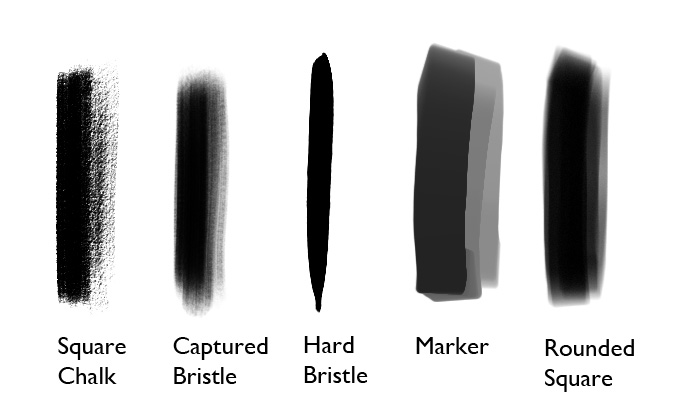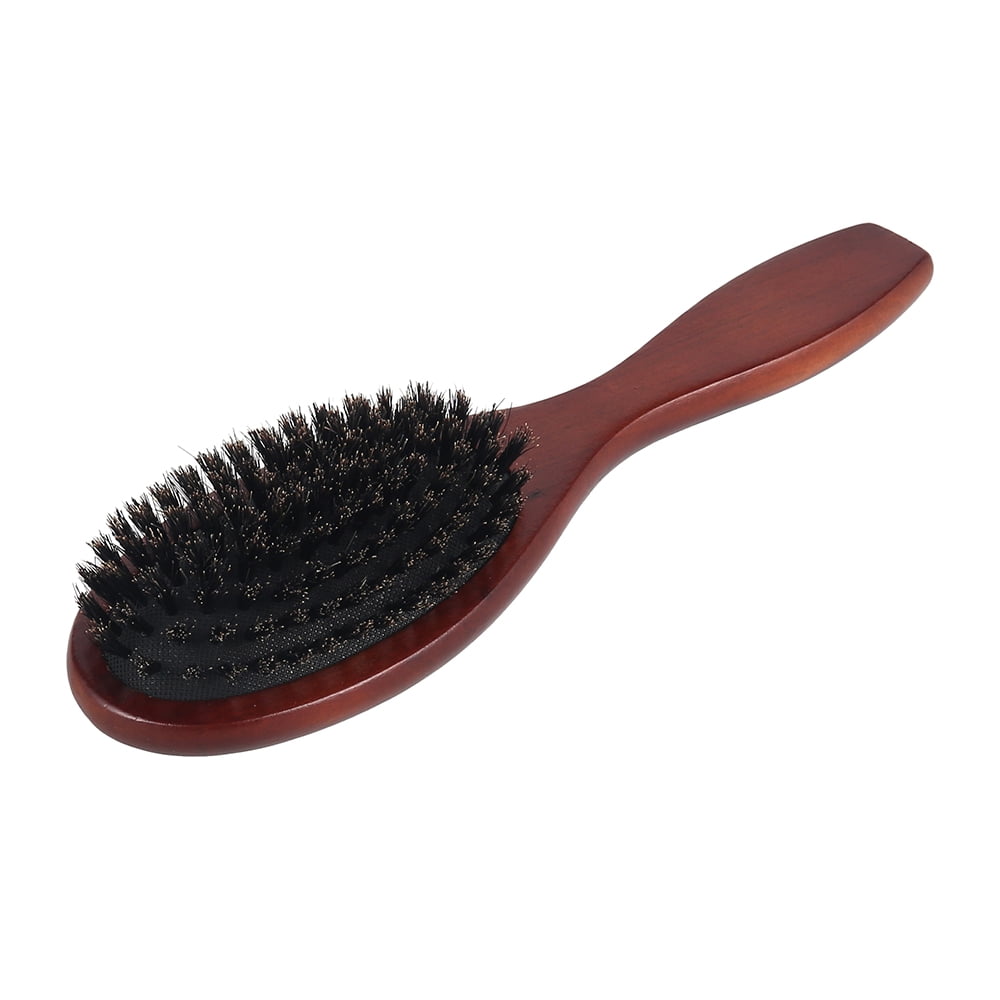

In digital painting-unlike real painting-you use the brush to control paint transparency. In natural media brushes, fine would be something like a sable hair brush and coarse would be like a hog's hair brush. This refers to the thickness of individual bristles. Low density means a lot of space between bristles.īristle Thickness (Fine to Coarse). This sets the number of bristles in the brush tip and how close they are to one another. Longer bristles have more flexibility as you paint short bristles barely bend.īristle Density (Low to High). Including brush size, each of these ten brush types has six customizable attributes ( Figure 32a).īristle Length (Short to Long). There are five brush types-point, blunt, curve, angle, and fan-and each has both a flat and round version. The Bristle Brush Options dialog box available in that panel has a Shape pull-down menu for the different categories of brushes. You select a Bristle brush by choosing New Brush, then Bristle Brush to open the Brushes panel menu.

This creates a beautiful "painterly" appearance with what is, in fact, 100 percent vector-based artwork. This feature greatly benefits artists using a pressure-sensitive tablet and stylus, because the physics engine and brush attributes respond to the orientation and tilt of the stylus, and to the pressure applied to it. To do this required the addition of a background physics engine that understands a brush's size, shape, length, the number of bristles it contains, and each bristle's thickness and stiffness. Illustrator CS5 introduces a new kind of brush that's designed to mimic the appearance and behavior of natural media brushes.


 0 kommentar(er)
0 kommentar(er)
